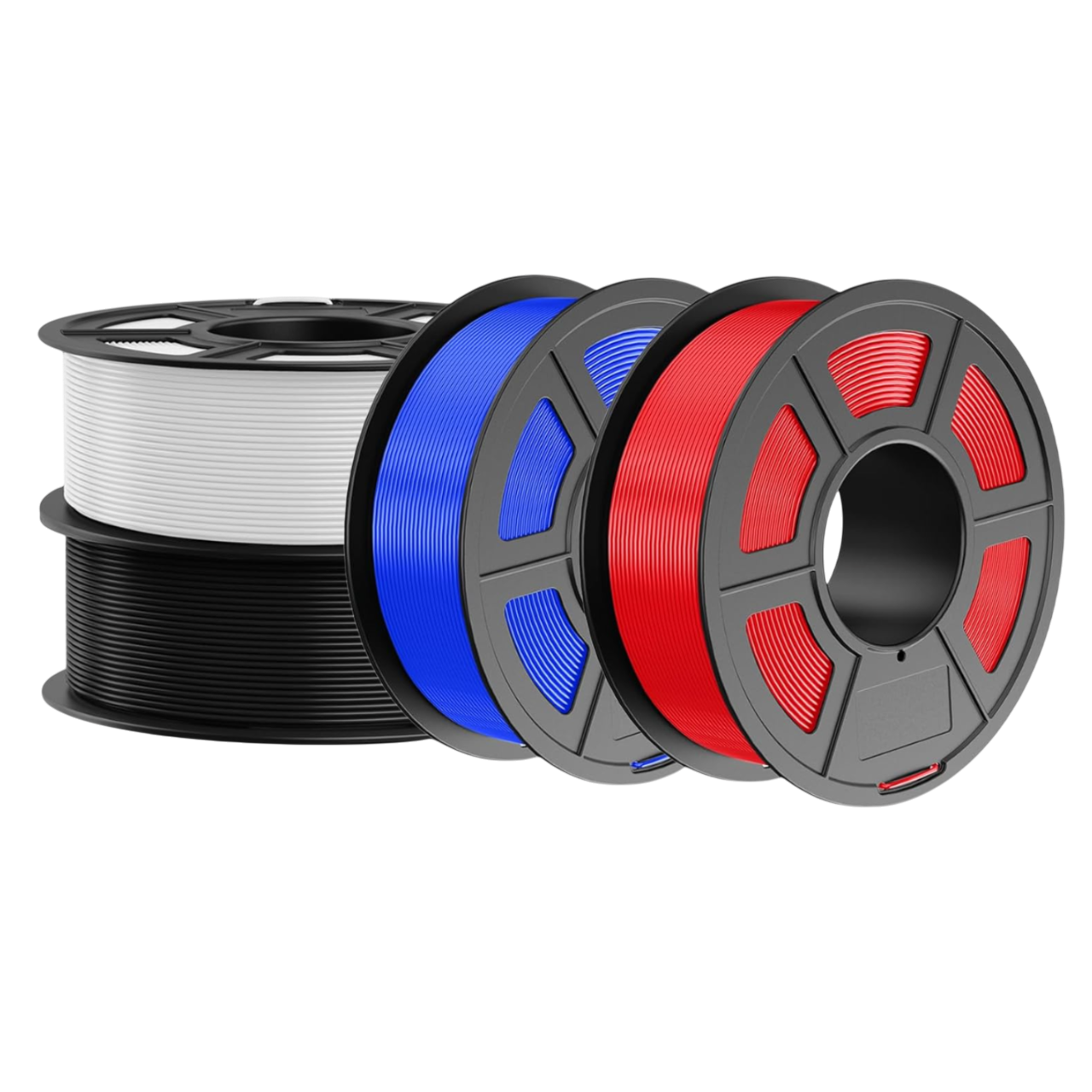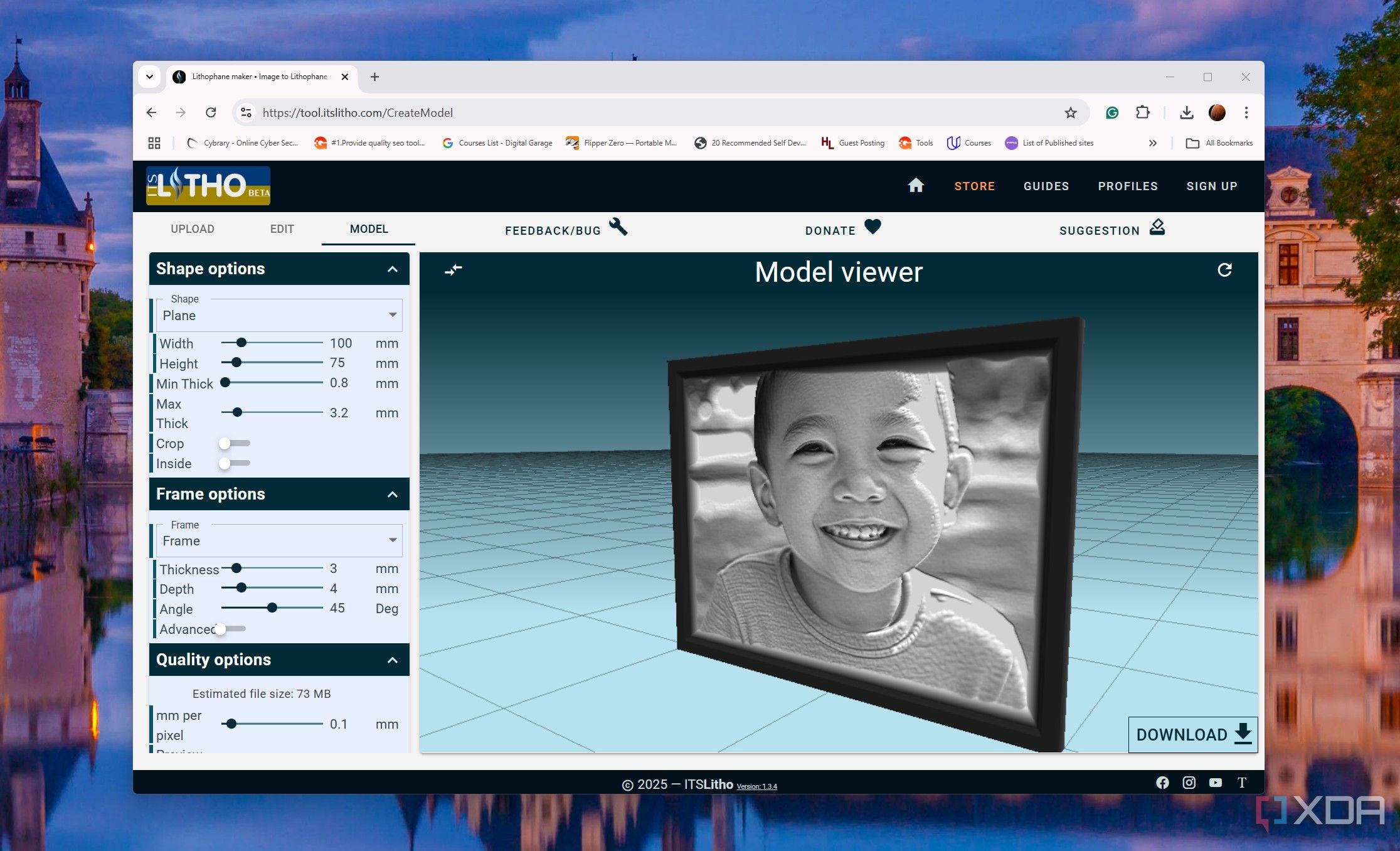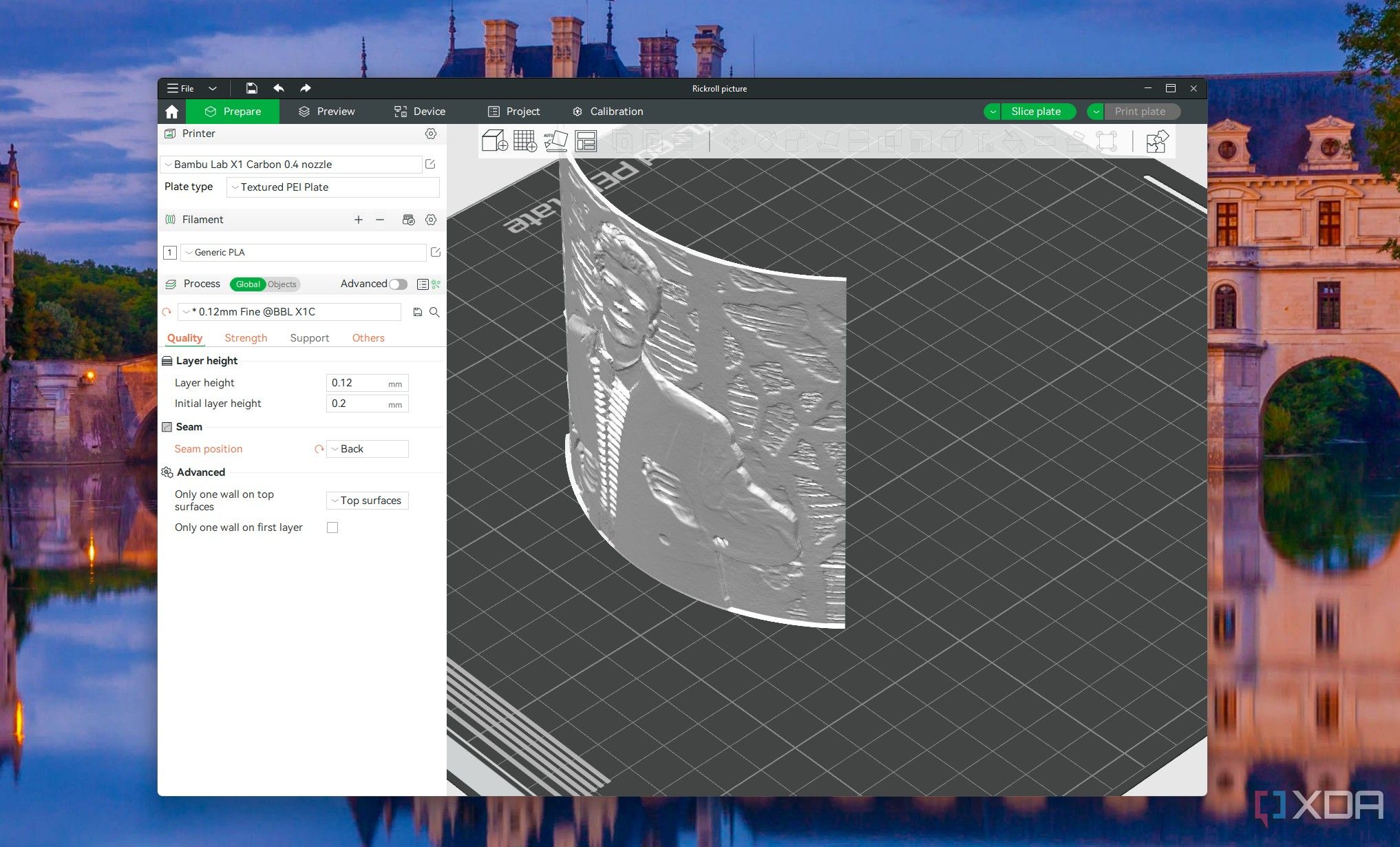3D printing lithophanes is where you turn 2D images into 3D models, which, when you 3D print and backlit, it reveals the image. To create a lithophane, you begin by uploading a photo to a lithophane maker or a 3D modeling program, then convert it into a 3D model. The next step is to slice the file in a 3D printer slicer before 3D printing. Once printed, view it against a light source to reveal the image. You can use them for personalized night lights, glowing lampshades, and custom photo frames. The possibilities are endless. Before you start 3D printing lithophanes, consider the following points.
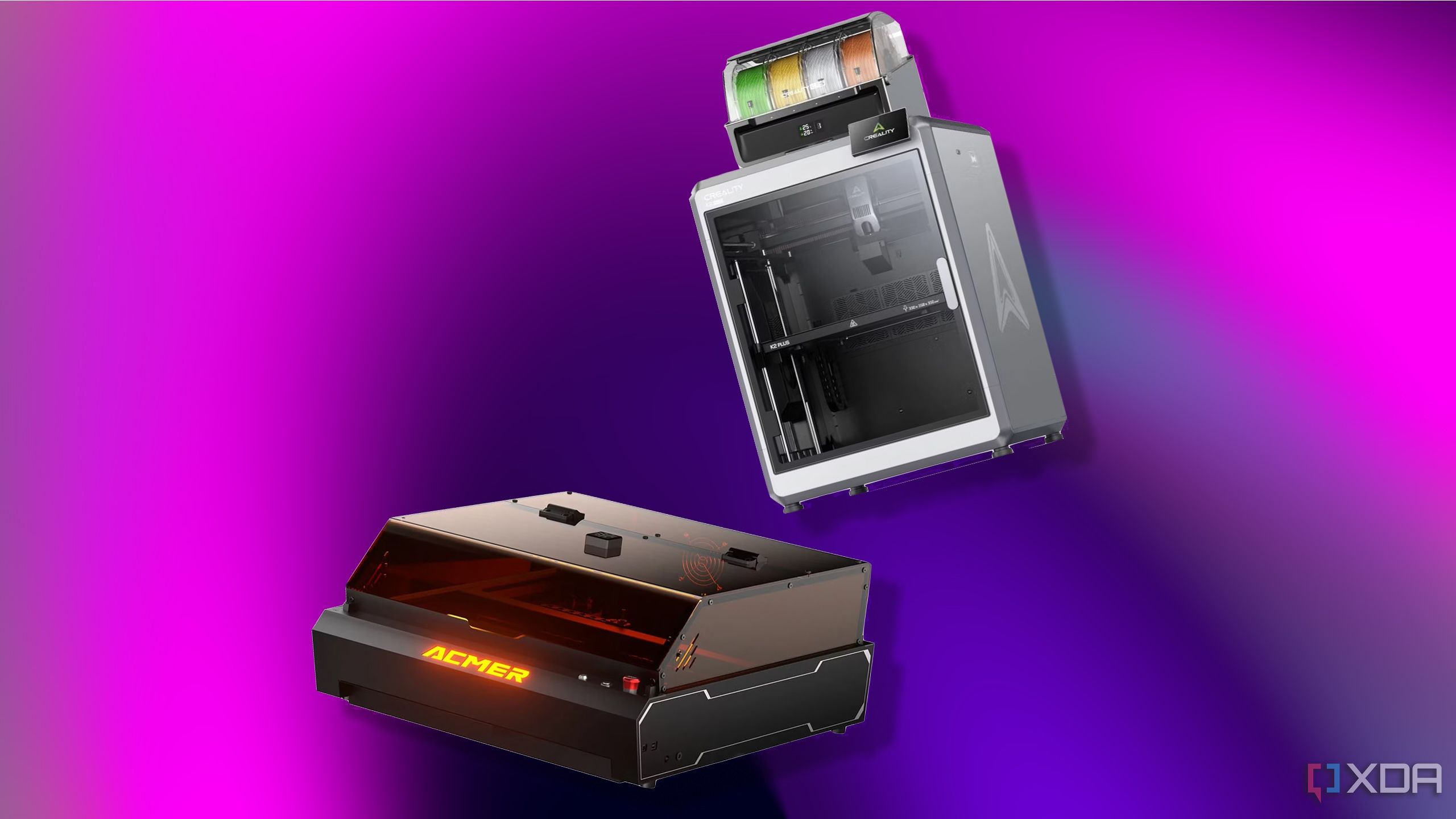
Related
I discovered 5 projects that blend 3D printing and laser engraving
I don’t think my love of laser engraving or 3D printing is a secret, but even better would be combining the two. These projects do just that
4
Use a high-quality image
Use a clear image
The better the original image, especially in terms of contrast and clarity, the more refined the final result will be. You can convert the image to grayscale to eliminate color distractions and emphasize shadows and highlights. Bright areas of the photo become thinner parts of the print, allowing more light to shine through, while darker areas are thicker and block more light. The good thing is that some lithophane makers offer an option to edit the image. For example, ItsLitho allows you to adjust the brightness, colors, exposure, and contrast of the photo.
As you choose the photos to use, ensure they focus on the subject, as distant or small subjects often lose details in lithophanes. The background should also be plain or blurred so that the subjects can stand out nicely.
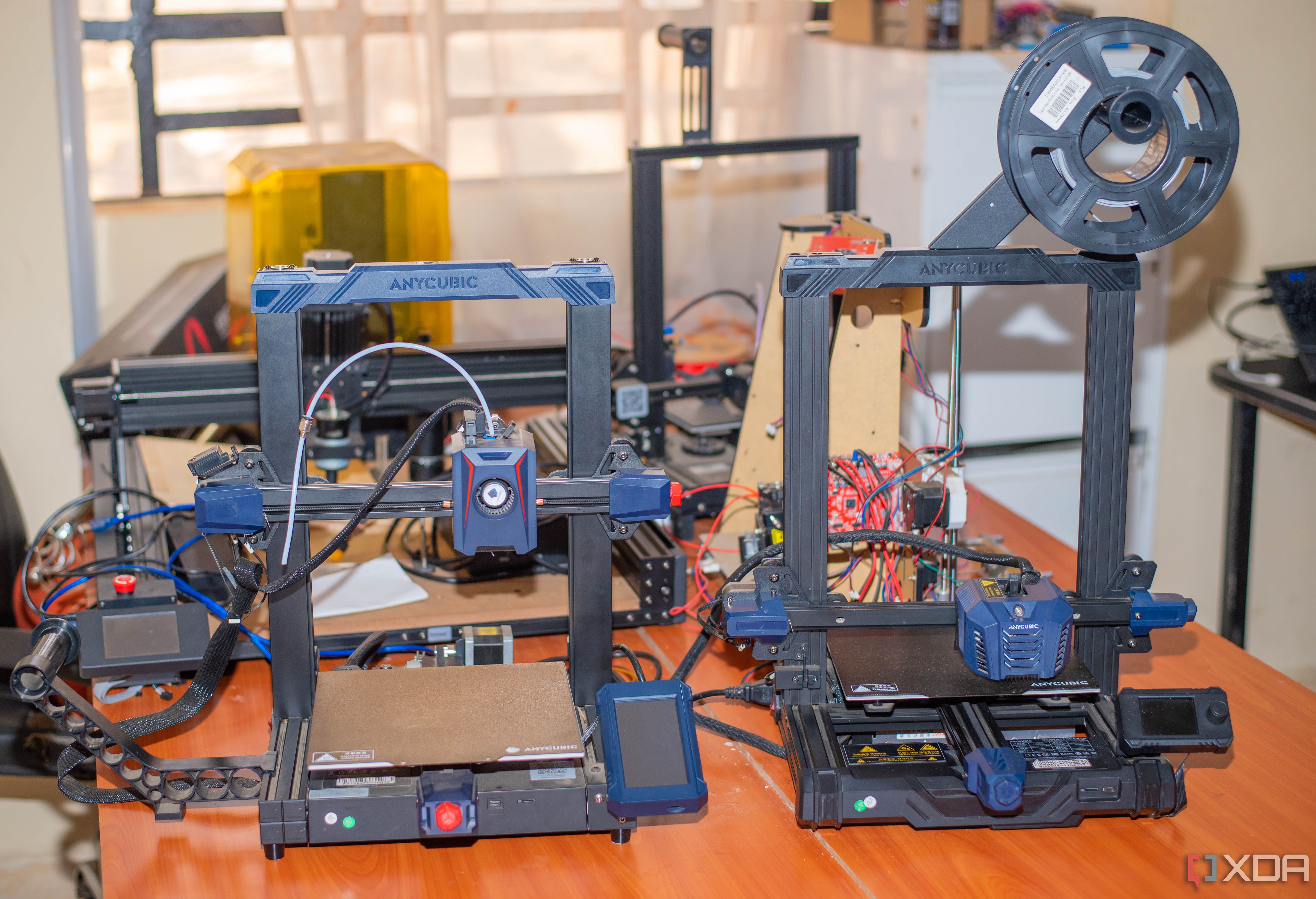
Related
6 ways PLA filament is fine for 3D printing beginners but not for enthusiasts
3D printing newbies should start with PLA, but be prepared to switch as you grow your skills in the hobby
3
Use white PLA Filament
White PLA allows light to pass through the material easily
To 3D print lithophanes, you don’t use just any filament; the material choice is crucial. The best option is white PLA filament, as it diffuses light effectively, allowing the image to appear sharp and detailed when light is shone from behind. Opaque or colored filaments tend to block light, reducing contrast and clarity, which makes the lithophane harder to see. PLA is also beginner-friendly, prints easily, has minimal warping, and doesn’t require a heated bed, making it ideal for printing these delicate prints.
While you can use other materials, such as PETG or ABS, they are more challenging to print and do not offer significant advantages unless your lithophane will be exposed to high heat or direct sunlight. For these projects, white PLA remains the top choice.
2
Consider the orientation of the model when 3D printing
Always print them vertically
Always print lithophanes vertically, as this allows the printer to capture the fine variations in height that represent the different shades in the image. If you print horizontally, it may appear more stable and faster, but it yields poorer results. This happens because 3D printers usually have lower resolution along the Z-axis compared to the X and Y axes. As it prints horizontally, you will notice a loss of detail, and the image may appear muddy overall.
When 3D printing vertically, because the model is tall and thin, you need to use a strong brim or raft to prevent it from detaching during the print process. Also, try to slow down the printing speed and minimize retraction to improve layer bonding and reduce the risk of failure.
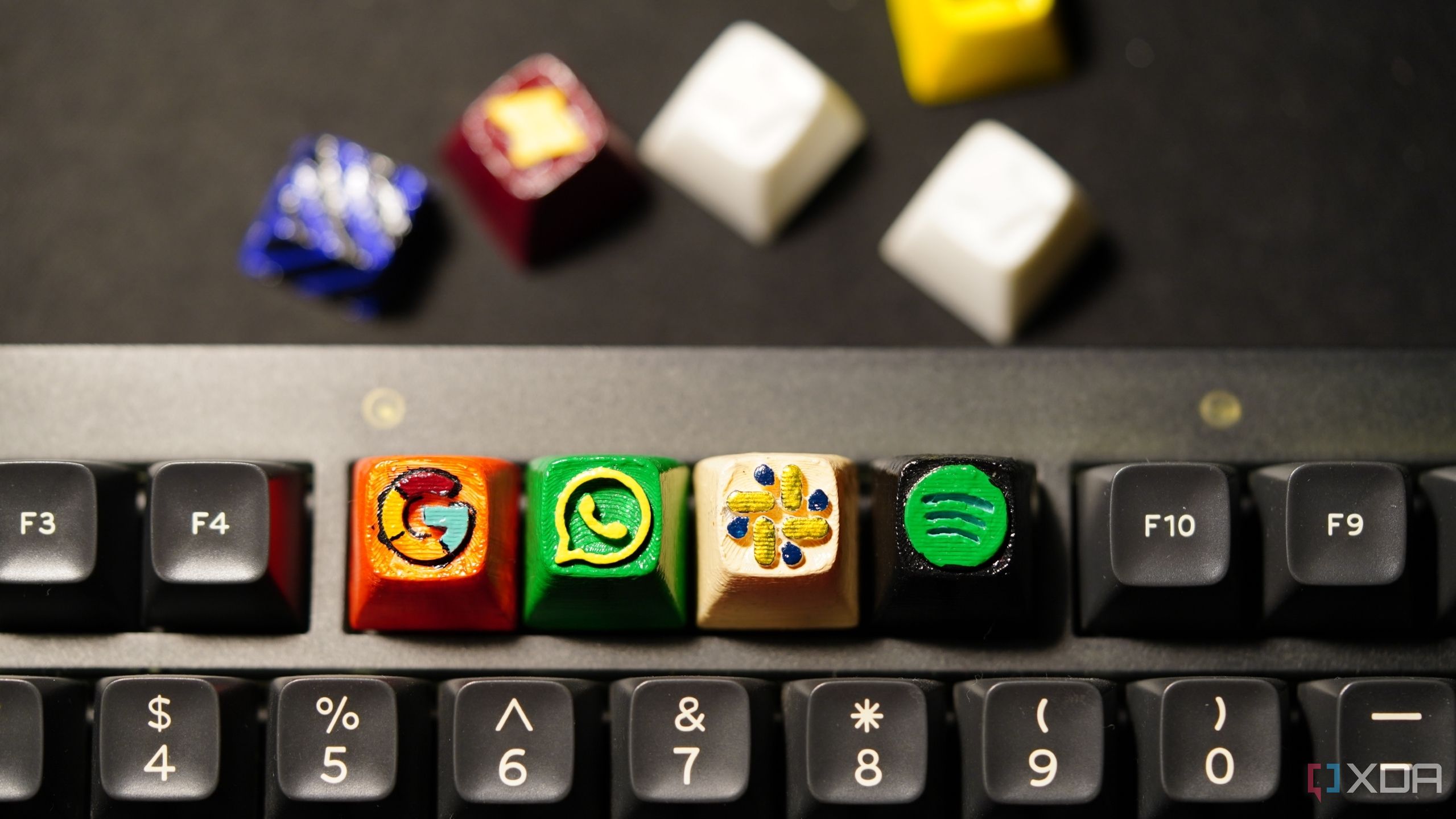
Related
I 3D printed my own keycaps, and now I’m addicted
Customize your keyboard right at home
1
Size and resolution matter
The size and resolution determine how the details of lithophanes are captured
Smaller lithophanes often struggle to capture fine gradients and sharp edges, especially when you are using a standard 0.4 mm nozzle, and the image can quickly become blurred. To maintain clarity, it’s best to keep your lithophane at a size that allows for smooth transitions between light and dark areas. For the prints using a standard 0.4 mm nozzle, a good starting point for face portraits is at least 80 mm × 100 mm. This size provides sufficient surface area to render facial features accurately without sacrificing too much detail. The maximum thickness should be around 2.5 to 3 mm. If you use anything above that, the lithophane may block too much light, reducing contrast.
In addition to the size, aim to maintain a resolution of around 0.1 mm to ensure that fine details are preserved while still being printable on most standard 3D printers. You should also avoid the temptation to scale your lithophane down too far to save time or material. This is because this can reduce the quality of the final image.
Convert images into pieces of art
If you enjoy DIY projects or have photos you’d like to preserve creatively, 3D printing lithophanes is a fun and rewarding technique to try. They are perfect for creating personalized gifts, custom night lights, and unique home decor. It’s also an excellent technique for preserving a family portrait, an exceptional view, or just a special memory. The only things you need are a 3D printer, filament, and a source of light. Then, consider the above four essential considerations, and you are ready to generate glowing works of art.



